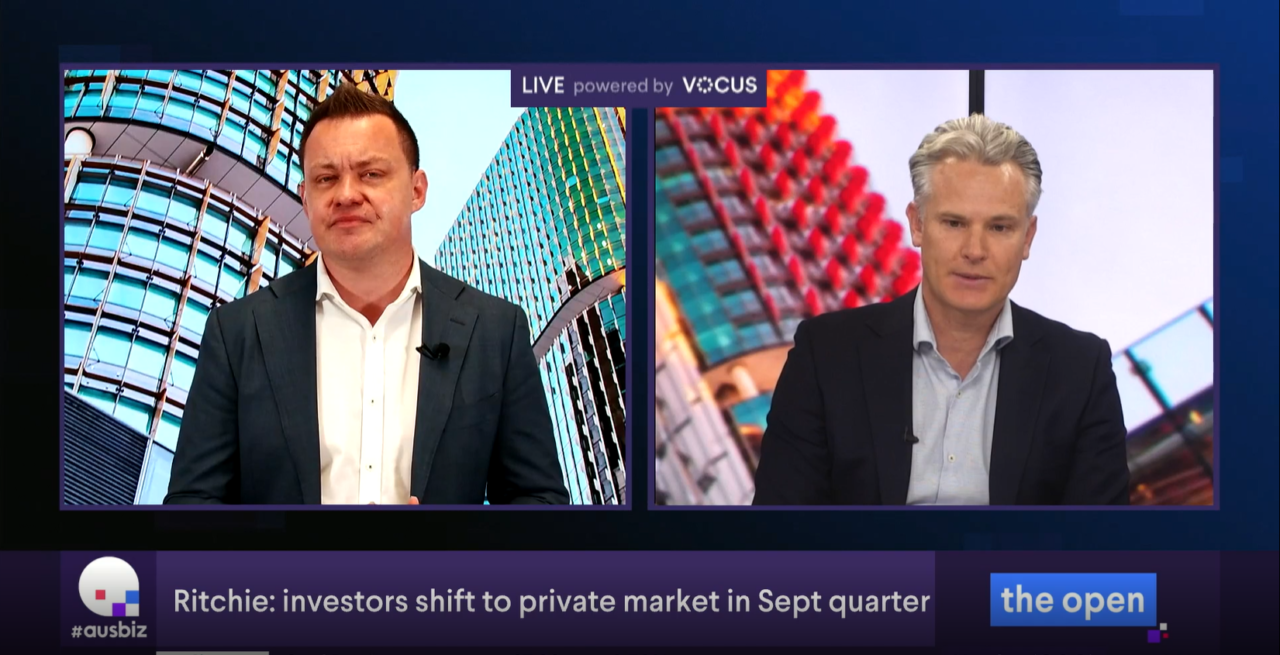Originally published on Investor Daily
Once considered a short, transitional phase before an inevitable IPO, it is now seen as a longer period of turbo-charged growth and innovation, with companies making bold choices to set themselves up for future success.
So, it is not surprising to see that companies are choosing to stay private for longer. Without the same strict regulatory demands public markets impose, private companies can tick off their goals in a timeframe that makes sense for them. While it may be beneficial for established companies to jump the gun and go public, it involves significant costs e.g. public listing fees and imposes onerous governance, reporting and auditing requirements along with increased scrutiny from regulators.
The benefits of remaining private include retaining control of the company and its journey out of the public eye and without the external shareholder pressure. Companies also avoid the risk of a premature and ultimately unsuccessful IPO.
At the same time, investors are paying more attention to the strong investment themes, returns and portfolio diversification opportunities that private companies can offer.
We have seen a phenomenal increase in private investments in the last five years, as sophisticated investors source these growth opportunities without the added listing multiple premium. We expect this trend to continue.
The private universe is getting bigger
Private markets continue to dwarf the public markets, as unlisted companies outnumber listed companies 10 to one in most developed nations. In the US, there are more than 17,000 private companies with annual revenues above $100 million, compared with just 2,600 public companies with those same revenue levels.
Some companies are waiting a decade to list, while others are staying private longer. Meanwhile, other companies such as Animoca Brands — one of Australia’s latest unicorns — have gone public on the ASX, then realised there was greater potential for unfettered growth in the private market.
Previously, the pressure to list early on public markets was often driven by a need for capital. Companies felt they could not expand without access to the public markets and public money. Fortunately, that problem has largely been mitigated, and so it poses the question if listing is even worth the trouble when there is a better offering in the private market.
Companies have realised that they can achieve their capital needs and most importantly liquidity objectives before an IPO through private market solutions. In essence, they can fuel their growth without the expense and distraction of going public before they are ready.
Companies at the more mature end of the spectrum can ready themselves for liquidity events such as IPOs and get a final injection of pre-IPO capital to fund their growth with a supportive shareholder base of sophisticated long-term investors.
The Investor lens
Just as companies have ridden the private wave, investors have been lured by the opportunities offered by private companies.
Investors tend to seek out private companies for their return profile, but also their diversification benefits, growth opportunities and typically lower correlation with listed stocks and bonds.
Traditionally offering longer investment periods and a level of illiquidity, private markets have been only accessible to large institutional investors. However, there is now increased liquidity available in these private markets, providing more attractive offerings for investors.
To get started investing in this area of wide-ranging growth, visit PrimaryMarkets.

